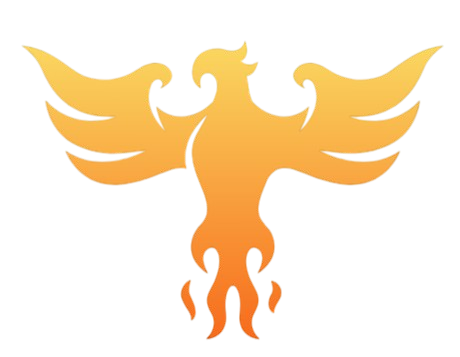Module 1: Fundamentals of Embedded Systems
Introduction to Embedded Systems
Overview of Microcontrollers and Microprocessors
Embedded C
Module 2: Microcontroller Programming
PIC Microcontroller:
Introduction to PIC microcontroller PIC18F4580, Architecture
Datasheet Reading and Decoding
Port blinking / Port Controlling
Interfacing external devices LED, Push button, LCD, Keypad & Motor
Peripherals ADC, UART, Timer, PWM, External interrupt
AVR Microcontroller:
Datasheet Reading and Decoding
Port blinking / Port Controlling
Interfacing external devices LED, Push button, LCD, Keypad & Motor
Peripherals ADC, UART, Timer, PWM, External interrupt
ARM Microcontroller:
Introduction to ARM7TDMI-S architecture and LPC2148
Basics for programming
Port blinking
Interfacing external devices LED, Push button, LCD, Keypad & Motor
Peripherals -ADC, UART, Timer, PWM, External interrupt, DAC, RTC
Motor speed control
Module 3: Advanced Protocols and Communication
SPI, I2C, UART, and CAN Protocols
Wireless Communication with ZigBee, LoRa, BLE, RFID, WIFI, GPS, and GSM
Integration of Sensors and Actuators
Module 4: Real-Time Operating Systems (RTOS)
Introduction to RTOS Concepts
Multitasking and Task Synchronization
Hands-on with FreeRTOS
Porting FreeRTOS kernel on LPC2148 ARM based microcontroller
Integrating peripheral drivers with FreeRTOS
Task Creation
Mutex
Binary Semaphore
Counting Semaphore
Queue
Interrupts
Demo project
Module 5: Embedded Linux Basics
Linux basics, commands, shell programming, environment variables, text editors, makefiles
Linux Kernel and Device Drivers
Building Embedded Linux Systems
File Systems and Cross-Compilation
Debugging
Module 6: Python Programming and Raspberry Pi
Python programming language overview, environment setup
Basic syntax
Variable types
Basic operators
Decision making
Loops, strings, List, Tuple
Numbers, Functions, Dictionary
Modules, Exceptions, File I/O
Classes and objects
Regular expressions
Standard libraries date & time, math, random
exercise projects
Introduction to Raspberry Pi
hardware setup
installing Raspberry Pi OS
LED blinking using GPIO
Push button input using GPIO
Playing audio
Viewing image
Writing on image
Viewing live camera image
Saving a picture using camera
Face detection using live video
Adding effects to live video
Simple flask web server
Web server using HTML
Reading sensor value through web server
Controlling device through web server
Module 7: Internet of Things (IoT)
Introduction to IOT
Introduction to Arduino Setting up IDE, digital output, digital input, analog input, PWM,
serial communication, installing libraries
Sensing the Things in IOT Interfacing sensors with Arduino Gas, Alcohol, Temperature,
Humidity, Pressure, PIR, Accelerometer, Ultrasonic
Introduction to Wireless technologies- GSM, GPS, Zigbee, RFID, Bluetooth, LoRa, Wi-Fi
(ESP8266)
Introduction to IOT Protocols HTTP, MQTT, CoAP
Node Red
IOT using Cloud platforms Thingspeak/Adafruit
Project using Nodemcu
Project using Raspberry Pi
Module 8: Embedded Hardware Designing
PCB Designing and Circuit Layout
Schematic Designing and Prototyping
Testing and Debugging Hardware
Module 9: Wireless Devices and Sensors
Interfacing Wireless Modules and IoT Sensors
Gas
Temperature
Humidity
Pressure
PIR
Accelerometer
Ultrasonic Sensor
Application Development with Wireless Systems
Sensor Calibration and Data Acquisition
Module 10: Capstone Project and Main Projects
Hands-on Industrial Project Experience
Integration of Embedded Systems with IoT
Designing, Implementing, and Testing a Complete Embedded Solution



